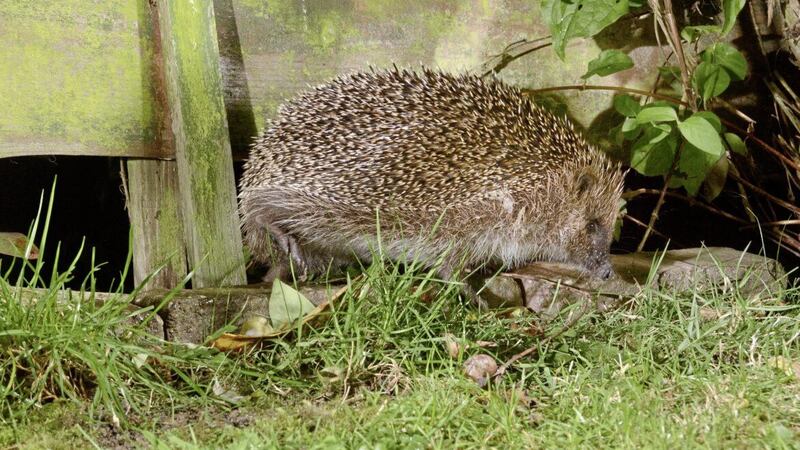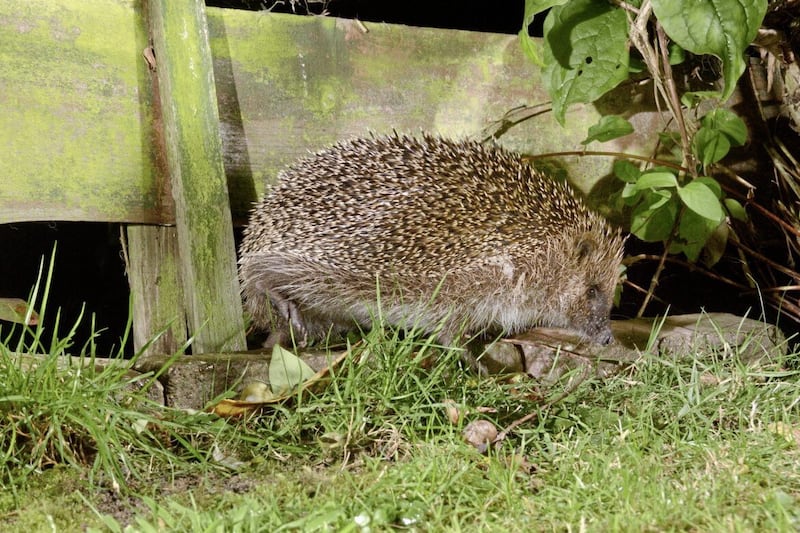BOOSTING wildlife, reducing carbon footprints and becoming ‘biodiversity positive’ are all part of the ongoing RHS Planet-Friendly Gardening Campaign.
“We have a target of ‘biodiversity positive’ by 2025, reversing habitat destruction in gardens and community green spaces around the country, protecting and improving conditions for pollinators and other wildlife and enhancing and conserving cultivated plant diversity for the future,” says the charity’s new senior ecologist, Gemma Golding.
Golding will design and lead ecological surveys at the RHS’s five gardens, establishing data on wildlife and developing recommendations to increase biodiversity in gardens across the UK. Here’s a closer look at how gardeners can take inspiration…
Reversing habitat destruction: Going peat-free, making your own compost and switching your fence to a green screen or a green wall, can all play their part.
“I look at how the environment and ecology can sit together in a mixture of habitats and how the eco-system works, when wildlife and other nature would start to move in. An example might be to have a pond. Rather than look at individual species, if you improve the whole eco-system, that’s when wildlife would be attracted,” says Golding.
“If you can’t have a pond, you might have room for a birdbath or a small water feature, or having some wildlife planting on your balcony, or trying to think of ways to make an environment good for wildlife,” she adds.
New infrastructures often have green roofs, which can also help boost habitats and gardeners could get involved in this, she suggests.
Choosing plants wisely: “It’s about mixing native with non-native, having winter berry varieties like holly to prolong the period when particular bird species have food, for instance, and it’s worth thinking of tree and shrub species which will benefit wildlife and biodiversity,” says Golding.
Plant a tree in your community, school, workplace or home to draw carbon out of the air, include perennials to help provide food and shelter for wildlife and help stem the decline in bees, butterflies, moths and other pollinators by growing plants which will attract them.
Helping threatened species: Birds on the red list of the UK’s leading bird conservation and monitoring organisations include the house martin and the greenfinch. But there are things gardeners can do to help stem the decline.
“Some of it is down to disease spread through bird feeders – so encouraging people not just to put food out but thinking how they maintain their bird feeders and cleaning them regularly, and the same with bird baths, is one thing that people can do,” explains Golding.
Saving bats: “Bats are losing their habitats. Older buildings may have more natural holes and crevices for roosting. New buildings are often perfect-looking with fewer holes, so bat boxes are useful,” says Golding.
“The right habitat is green space and linear features in parks and gardens, or rough, wild habitat next to railway lines, and rivers. In terms of flowers, gardeners can plant specimens with night-scented flowers to encourage prey.”
Helping other threatened creatures: Golding says: “The hedgehog is a big one, great crested newts are losing breeding ponds as our ponds decrease, and other birds including swifts have declined.”
Other threatened species found in the RHS gardens include the hazel dormouse at RHS Garden Rosemoor, stag beetle at RHS Garden Wisley, lesser redpoll at RHS Garden Harlow Carr, mistle thrush at RHS Garden Bridgewater and shrill carder bee at RHS Garden Hyde Hall.
Connecting gardens: Connectivity of gardens has been overlooked, she notes. If properties provided connective green spaces, adding planting or other features which would give wildlife a wider range, it will help biodiversity.
“You might have a large green space and gardens might be backing on to each other. You could have trees which birds are using as landing nurseries. If you’ve larger trees and hedges in your garden, you are more likely to have birds nesting in them. That green connective habitat is as important as having one good garden,” she explains.
“That goes to ground level too. Have hedgehog corridors, with gaps in fences to allow them through.”
For people in cities, climbing walls such as ivy, which is around for most of the year, may take up less space than a hedge and would potentially provide a connective area for wildlife.
More research is needed: Bee, bat and invertebrate surveys by ecologists are planned for next year, to understand what species we have, breeding patterns, rare species and supporting habitats, while others will encourage people to be more aware of their surroundings. Some of the wildlife Golding will be examining in the surveys are amphibians, butterflies, breeding birds, bumblebees and other terrestrial and aquatic invertebrates.
These groups are a good representative for overall biodiversity levels on sites, she says, and can help determine the health of a habitat. The data collected will show trends and how actions in the gardens are improving wildlife numbers.
For more information, see rhs.org.uk/gardening-for-the-environment



